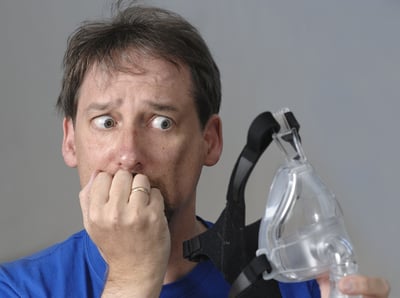 There are various reasons why CPAP intolerance (also known as CPAP failure) occurs—mostly, they take place during the very early stages of treatment for sleep apnea.
There are various reasons why CPAP intolerance (also known as CPAP failure) occurs—mostly, they take place during the very early stages of treatment for sleep apnea.
This critical transition is when problems need to be recognized and fixed immediately if you are to gain the many benefits of using continuous positive airway pressure (CPAP).
Here are some potential struggles and solutions for first-time users of CPAP to consider.
How long does it take to adjust to CPAP?
A small percentage of CPAP users adjust to using the machine and the mask right away. That means the majority require some time to adjust to using therapy, which could be anywhere from a couple of weeks to a couple of months, maybe even longer. This is normal for most users.
Those who've struggled with adjusting to CPAP, but kept going, ultimately succeed and may be some of the treatment's biggest cheerleaders; often they are the ones who say, "I dread the thought of sleeping without my CPAP!"
In order to ensure you have ev ery opportunity to succeed at positive airway pressure (PAP) therapy, you should take note of the following challenges that could occur while using it, especially during the first two weeks of treatment.
ery opportunity to succeed at positive airway pressure (PAP) therapy, you should take note of the following challenges that could occur while using it, especially during the first two weeks of treatment.
In fact, you will usually follow up with your sleep specialist or DME (durable medical equipment) provider once you begin therapy; keeping notes daily in a morning diary can be very helpful in conveying to them what's working and what needs to be improved.
Signs you might be struggling with CPAP
Here are some possible problems you might have while trialing CPAP:
-
You dread using it. This could be as simple as hating the idea of wearing the mask. If you physically feel dread over using it, you may find it easy to quit.
-
You feel claustrophobic. It's not uncommon for people to feel "closed in" or experience sensations that resemble suffocation or claustrophobia after putting on the mask.
-
You have an aversion to pressurized air. The mask may feel just fine, but you might struggle to adjust to the feeling of pressurized air during inhalation, exhalation, or both.
-
You find your mask on the floor in the morning. A lot of people do this, with no memory of when it happened during the night.
-
You wake up with headache. It's easy to associate a morning headache with the therapy; however, while headaches may be part of the body's way of adjusting to your therapy, they can also have other causes.
-
You wake up with a dry mouth. This could be related to mask fit because it indicates you may be breathing through your mouth.
-
You still have frequent awakenings. Part of the goal of using CPAP is to help you sleep through the night; if you are still waking up, it could be due to your body still adjusting to treatment.
-
You struggle with mask fit. This could be due to any number of reasons, and is identified as facial pressure marks, but could also relate to high leak numbers on your machine readings.
-
You still feel extremely sleepy during the day. That's what you hoped CPAP would fix, right?
-
You experience severe gassiness or bloating in the morning. This is due to swallowed air (aerophagia), which is a sign that the therapy isn't working correctly.
-
You aren't using it enough. Patients, at the outset, aren't expected to use CPAP every night for 8 hours; it's okay to start with short periods of usage and work up to full nights, which could take several weeks to achieve.
However, there is (or should be) a minimum usage protocol you follow from Day One; this is because your brain and body need to adjust, and the only way they can do so is through consistent usage that meets this minimum. If you only use it for two hours, two nights a week, you're not using it enough to allow your brain and body the opportunity to adapt.
Steps to prevent CPAP failure
 You don't have to struggle with CPAP (or untreated sleep apnea) for the rest of your life; there are many solutions to the problems that lead to CPAP intolerance which you can fix with the help of a sleep specialist.
You don't have to struggle with CPAP (or untreated sleep apnea) for the rest of your life; there are many solutions to the problems that lead to CPAP intolerance which you can fix with the help of a sleep specialist.
Check out these suggestions, but more perhaps more importantly, never hesitate to ask for help.
-
Practice acclimation. You can practice wearing the mask without the hose during the day (while reading or watching TV) to get used to the way it feels on your face. This can help overcome claustrophobia issues and desensitize you to the experience so it becomes less "dreadful."
-
Review your pressure settings with your DME provider. Sometimes your settings can be adjusted within a range to improve your breathing comfort. CPAP has pressure support settings that can be adjusted. APAP (auto-titrating positive airway pressure) is designed to deliver a range of pressures for flexibility. BiPAP (bi-level positive airway pressure) has settings dedicated to inhalation and exhalation which can also be adjusted or tuned, using spontaneous or timed settings, to match your breathing patterns.
It's not uncommon to fine tune pressure settings at the beginning of therapy, and to then fine tune them again, later. Your prescription is not set in stone; feel free to ask for adjustments and explain why. The best DME providers will know all the tricks for making your therapy more comfortable. It may even involve switching from one delivery mode to another. -
Report your discomfort issues to your sleep specialist. Red facial marks, excessive gassiness, headaches, continued daytime fatigue, frequent awakenings, and dry mouth point to different variables (pressure, mask fit, mask type) that they can help you correct.
-
Stick with it. Give yourself two weeks to make it work, even if it's a struggle. After that two weeks, try another two weeks. Keep going. Ask your bed partner and your loved ones to cheerlead, if necessary. Sometimes it's just a matter of time and faith before your brain and body finally recognize they are "receiving assistance" and adapt accordingly.
-
Find a support system. Talking to others who have already clocked in years of usage can be extremely beneficial, and you might even make some new friends because of it! These veterans know what you don't know, and can identify strategies for improving CPAP tolerance that you might never have considered.
Remember, you are using CPAP therapy to find relief for a chronic health condition. If it's not working for you, you risk "failing CPAP." Never hesitate to ask your DME provider for help any time you struggle with your therapy. They are skilled to answer your questions and give you a wide range of options for making your treatment a successful experience.


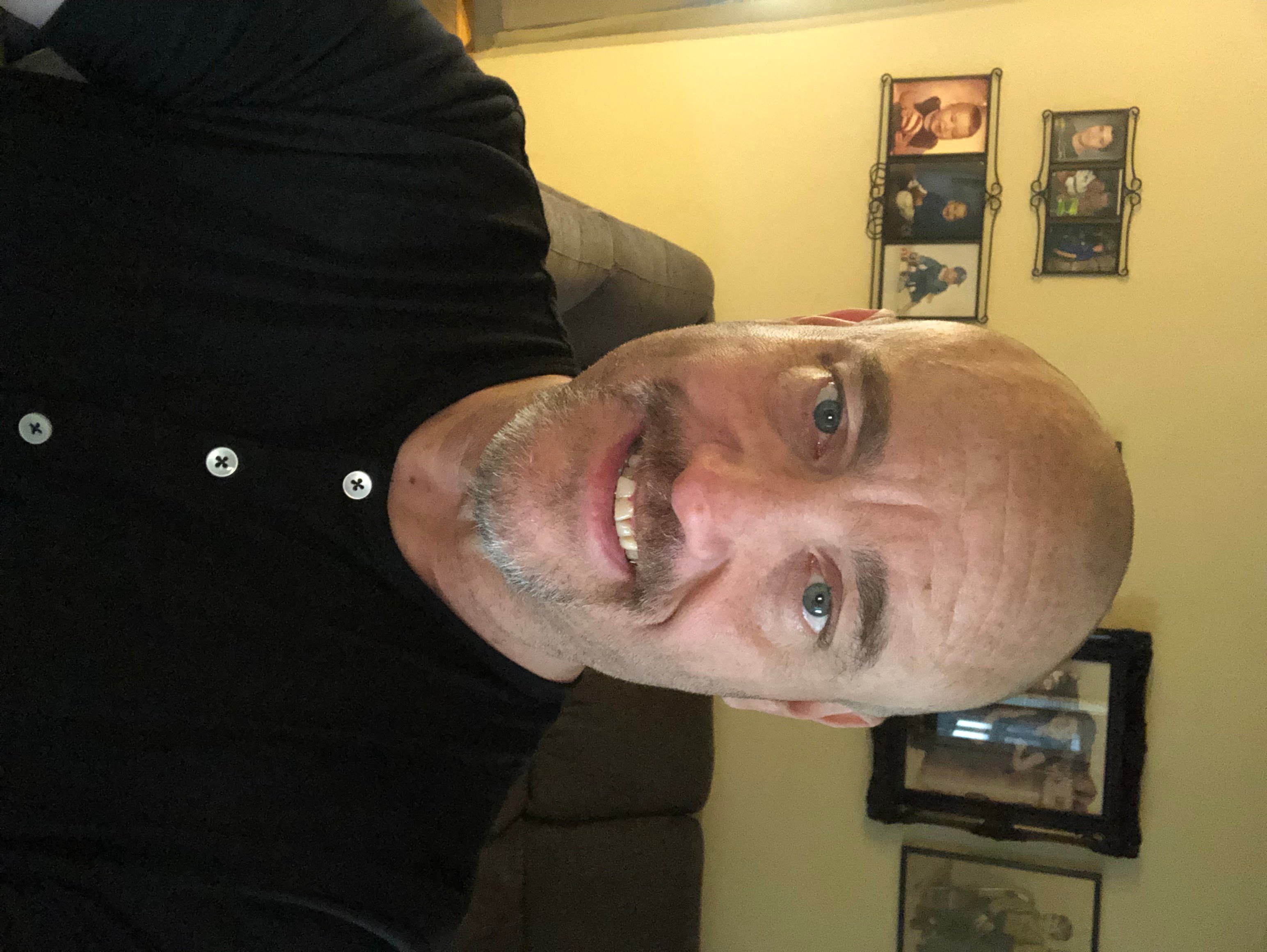








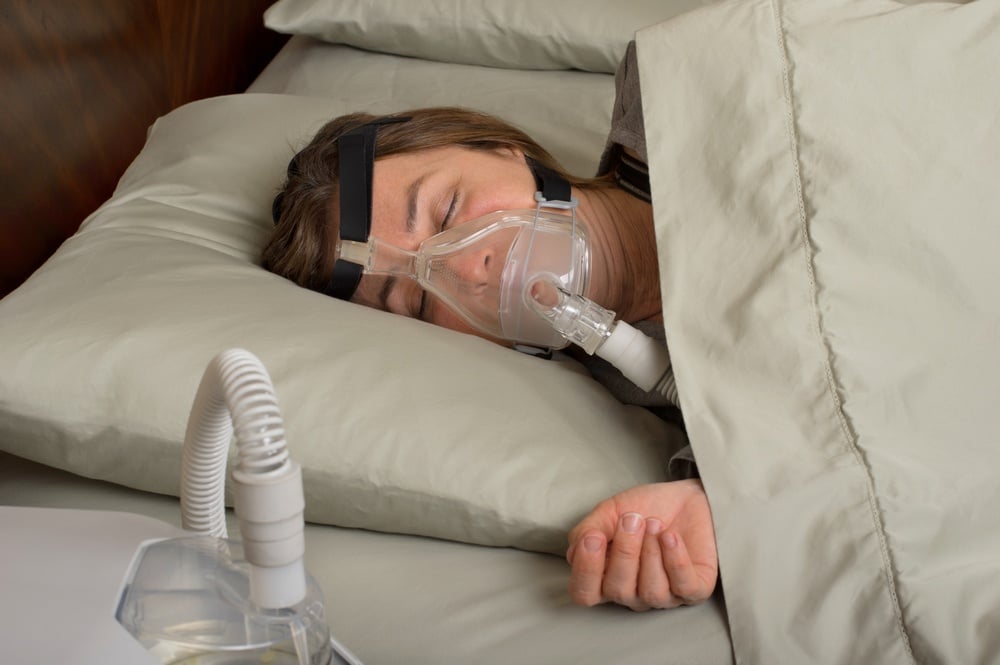

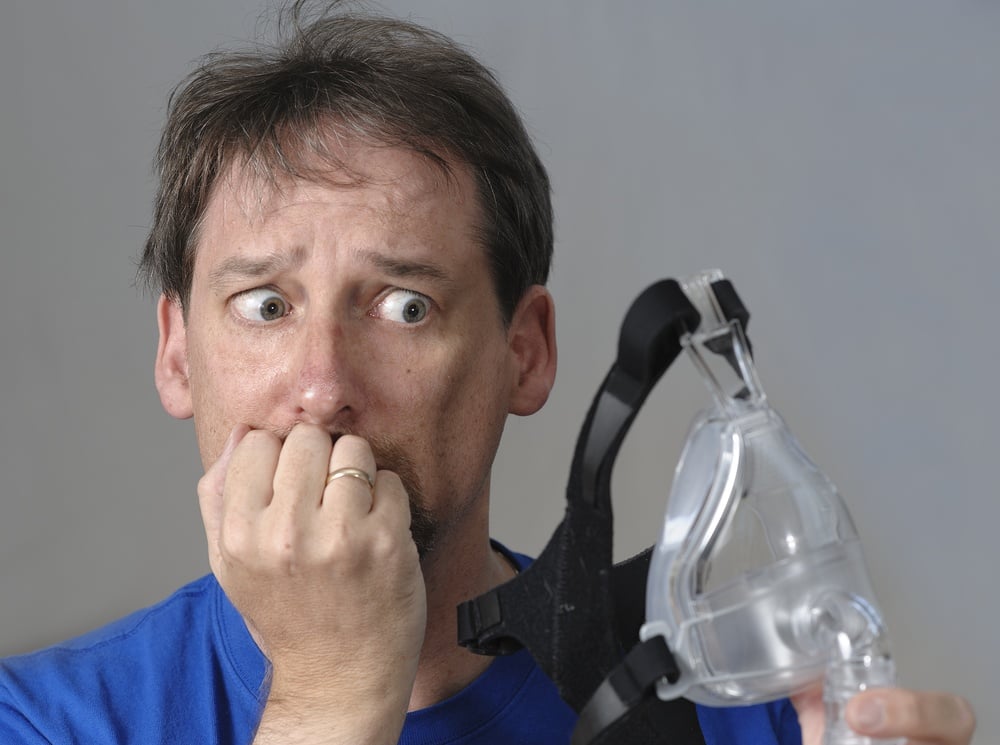
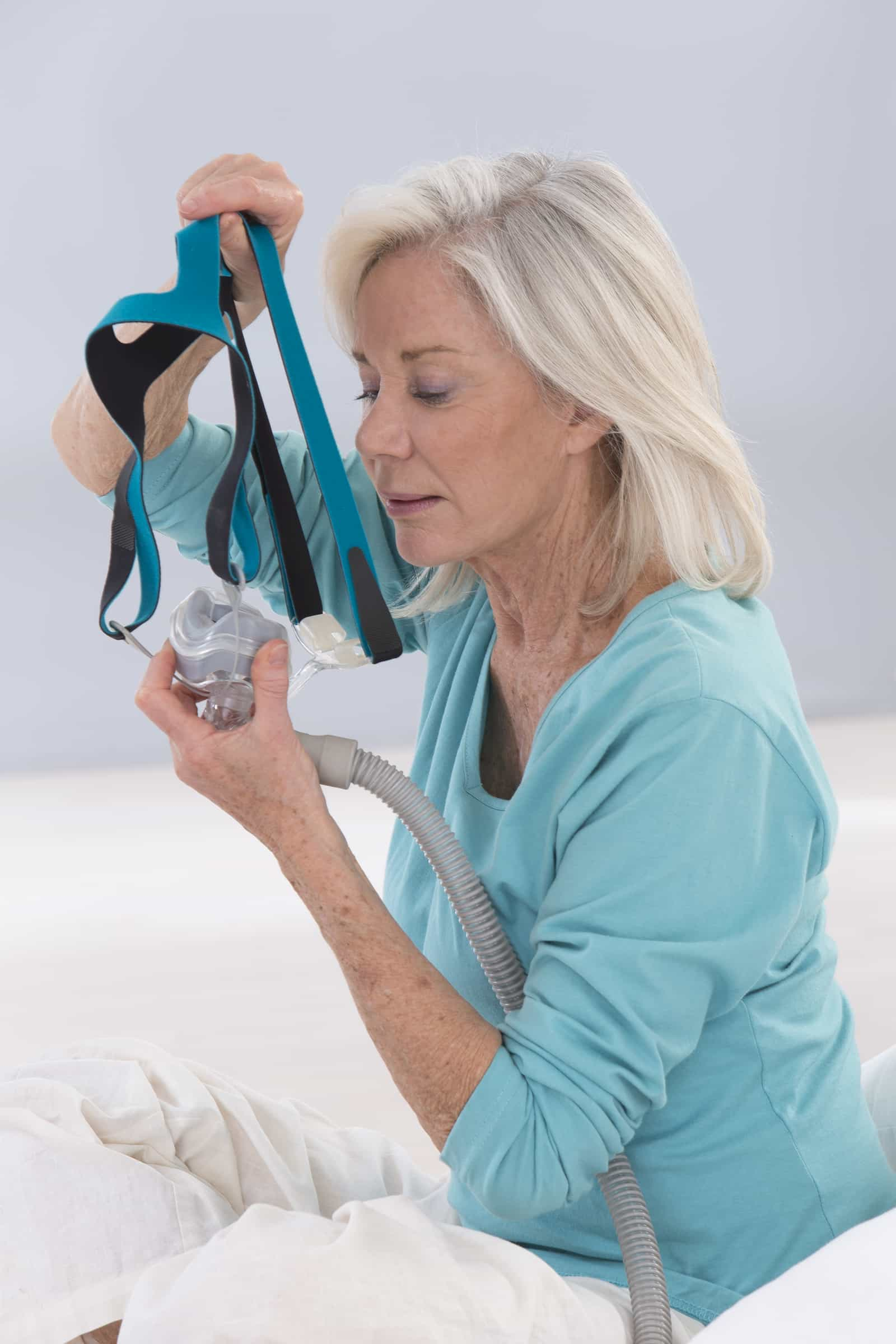
Leave a comment